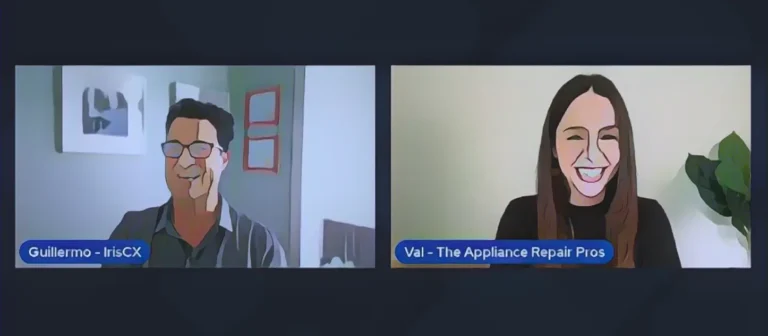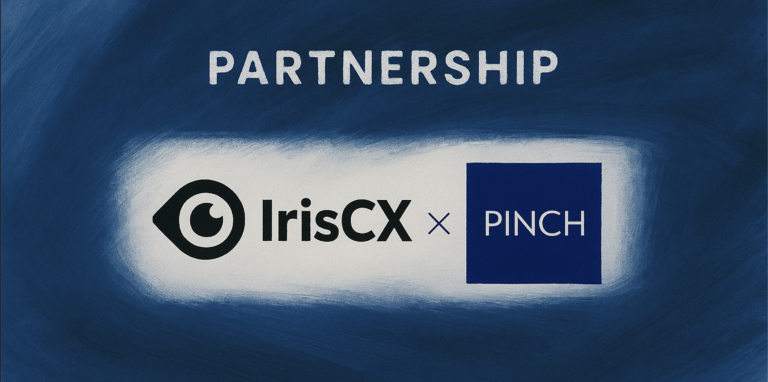The multifamily housing industry and PropTech are evolving faster than ever, driven by the need for innovation, efficiency, and adaptability. In a recent episode of Getting to Hell Yes, Shelley Robinson—a veteran of multifamily housing and PropTech—shared her journey, challenges, and actionable insights. This post unpacks the highlights of that conversation and explores how businesses can move from indecision to confident, impactful change.
From Leasing Consultant to PropTech Leader
Shelley Robinson’s career is a testament to growth through curiosity and adaptability. Beginning as a leasing consultant, she climbed the ladder to roles in marketing and operational leadership, eventually pivoting into PropTech. At RealPage, Shelley led strategic customer success teams, gaining a holistic view of the multifamily housing industry by collaborating with owners, operators, and vendors.
Her experience underscores the importance of leveraging operational insights for technology-driven solutions.
Whether addressing staff turnover or streamlining property management processes, Shelley has consistently championed the integration of technology to solve persistent industry challenges.
The Multifamily Industry’s Pain Points
The multifamily housing sector is grappling with significant challenges:
- Staffing Turnover: With site-level property managers experiencing up to 70% turnover, the industry faces unsustainable attrition.
- Operational Pressures: Rising expectations for NOI and efficiency strain traditional models.
- Innovation Gaps: Many organizations are stuck in “business-as-usual” mode, resistant to change despite growing pain points.
Shelley emphasizes that while these challenges are daunting, they present opportunities for innovation. Technology, particularly automation and AI, offers practical solutions to longstanding problems.
The “Getting to Hell Yes” Framework
At the core of Shelley’s philosophy is the idea of aligning stakeholders to achieve transformative decisions. Moving to “hell yes” involves:
- Identifying Pain Points: Understanding the root of resistance to change, whether it’s cost concerns, timing, or fear of the unknown.
- Aligning Incentives: Shelley advocates for performance-based models that align operator goals with ownership objectives, replacing outdated fee structures.
- Starting with the End in Mind: Whether the goal is to sell a property in 18 months or hold it indefinitely, aligning everyone from leadership to ground-level staff is critical.
Shelley’s “Property Success and Performance Plan” begins by defining desired outcomes and works backward to build aligned strategies.
Overcoming Common Objections
Shelley highlights two recurring objections in the PropTech space: cost and timing. Overcoming these requires deep listening, iteration, and transparency. For example:
- Cost: Articulating the value and ROI of a solution is essential. Demonstrate how technology can reduce staffing burdens, optimize NOI, or improve efficiency.
- Timing: Shelley advises tailoring engagements to fit the client’s readiness. Discovery phases and phased rollouts can ease timing concerns while keeping momentum.
By listening deeply and adapting solutions, businesses can build trust and address objections effectively.
Innovation and Simplification: The Future of PropTech
The conversation also explored how the industry can innovate. Shelley pointed to the rise of agile PropTech companies addressing challenges through automation. Key trends include:
- Centralization and Automation: Simplifying workflows to remove repetitive tasks and allow staff to focus on value-added activities.
- Responding to Market Dynamics: With increasing supply pressures, operators must innovate to remain competitive, especially in the B and C property segments.
Shelley advocates questioning every task on a property to identify opportunities for improvement, ensuring technology serves both staff and residents effectively.
Leadership Through Collaboration
One of Shelley’s most insightful contributions is the importance of conversations and collaboration. She shared a powerful exercise from the tech world, the “Four L’s Retrospective,” which asks teams to reflect on:
- What they loved.
- What they learned.
- What they longed for.
- What they loathed.
By giving teams permission to voice frustrations openly, leaders can gather actionable feedback to drive meaningful change.
Shelley’s Advice for Industry Newcomers
For those entering or pivoting in the multifamily and PropTech sectors, Shelley offers this advice: “Understand 100 problems your customers face before proposing a solution.”Spending time in discovery—listening to challenges, understanding pain points, and aligning your solutions—is critical. As Shelley says, “Figure out who you are, what problems you can solve, and focus on nothing more.”
Conclusion: The Path to “Hell Yes”
The multifamily and PropTech sectors face challenges, but they are also brimming with opportunities for those willing to innovate. Shelley Robinson’s approach—starting with alignment, focusing on performance, and listening deeply—provides a clear roadmap for navigating the complexities of change.Whether you’re a property operator, a PropTech innovator, or someone exploring this space, getting to “hell yes” begins with understanding the why behind decisions and committing to solving the right problems.
Listen to the “Getting to Hell Yes!” podcast on apple or spotify here:
https://open.spotify.com/show/4TY87ToVuLK7eqkZZvZA5T
https://podcasts.apple.com/gm/podcast/getting-to-hell-yes/id1772602174




